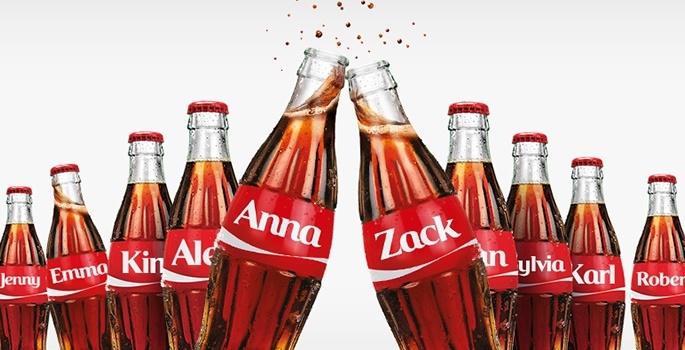I will start my article with an example of a Telco who spends millions on technology and resources to “personalise” my experience.
So here is my story.
I had problems with my internet access a few months back. I bought a new modem from the telco’s technician who came to my house to fix the problem. Now I have the same access problem again and when I called support there was no trace of this purchase as part of my record. It was a tedious task to explain to the call centre technician that the problem has happened before. I was asked 3 times by different call centre staff about make and model of my modem and other details I have given ages ago.
If this organisation would be serious about personalisation it would have been a better experience. All we
The answer on how to personalise is not software – it’s strategy and change management!
What is personalisation?

Let’s not make it too complicated and just talk about digital personalisation.
A personalised experience is a 1:1 conversation with an addressable person. A personalised experience considers the needs of an individual based on behaviour, characteristics and context.
- On average 68% of visitors leave a site because they believe organisations are indifferent to them. This is a problem segmentation or lead scoring alone cannot fix. Those techniques still force the customer to meet business half way.
- Businesses are drowning in big data but don’t have the in-house skills or cross-functional teams to create a coherent personalisation strategy that works across digital assets and devices in an agile marketing environment. Instead more software is bought…
Unfortunately, the digital industry as whole is too focussed on acquisition instead of retention or conversion Companies still spend more on search and banner advertising than conversion rate optimisation and personalisation. Even we all know by now that consumers don’t care about banner ads – I refer to ad blockers!
The necessity of Customer Identity Management

It’s key to learn about the people who do business with you! Don’t expect they will meet you half way or are prepared to put up with “plain vanilla” treatment.
According to Gartner, 80% of a company’s future revenue will come from 20% of existing customers. Make an effort to get to know them!
Start with profile building and data enrichment as well as customer identification as a key component of digital strategy and a starting point for true personalisation.
Make sure you capture all interactions across touch points on digital assets and devices.
The 3 experience levels for consumers

Broadly speaking, there are 3 levels of experiences for a consumer. The majority is still customisation.
Level 1: CUSTOMISATION – tailored products and services (Flipboard, Netflix)
Most experiences are a “customisation” based on segments (assumptions).
A customised experience can be offered on a site if we recorded and score an anonymous user journey. Anonymous meaning that the user has not given any information (email, name, gender, etc). Even if we recognise the cookie as part of a segment we can only customise because we don’t know the person or the intent; we can only guess. Customisation is better than nothing but has a limited success rate.
- Outcomes: improved productivity and usability
- Unit of analysis: none/everyone
- Area of focus: interface
- What is affected: Functionality
- Example: preference menu
Level 2: PERSONALISATION – drive desirable actions and behaviours (Amazon, online banking apps)
Once a user has given personal information we can start to personalise (and stitch data) without being creepy.
We can comfortably say “hello Michaela” because permission was given to do so. Unless you know who I am and what my context is you cannot successfully personalise! Permission based social login is the best way to facilitate personalisation across digital assets and devices; everything else is an educated guess.
Example: if I purchase a shirt and tie online for my son I am dropped in the 20-25/male segment (even I am female and older). The content I would see AFTER this action on a site is not personalised to my gender or age group – therefore no personalisation – only (wrong) segmentation.
- Outcomes: higher conversion, stickiness
- Unit of analysis: segments of cohorts
- Area of focus: customer lifecycle
- What is affected: offers recommendations
- Example: targeted offers, next best offer, recommendations
Level 3: INDIVIDUALISATION – Improve customer experience across ALL channels (True&Co)
This is the most sophisticated form of personalisation.
Some organisations also call it hyper-personalisation. It is the ability to personalise a user journey on- and offline based on context and needs and structuring [contextual] products and services around it. This includes digital, call centre, branch/shop, all devices. Individualisation is used by most clean slate brands and is in response to new customer (Millennials) demands.
- Outcomes: high customer satisfaction, relevance, reduced effort
- Unit of analysis: individuals
- Area of focus: customer experience
- What is affected: functionality, content and interaction on ALL channels
- Example: collaboration
It is necessary for businesses to invest in true personalisation and customer identity management across digital assets and devices.
Personalisation is a requirement today and can’t wait. By now businesses should have started work on individualisation.

